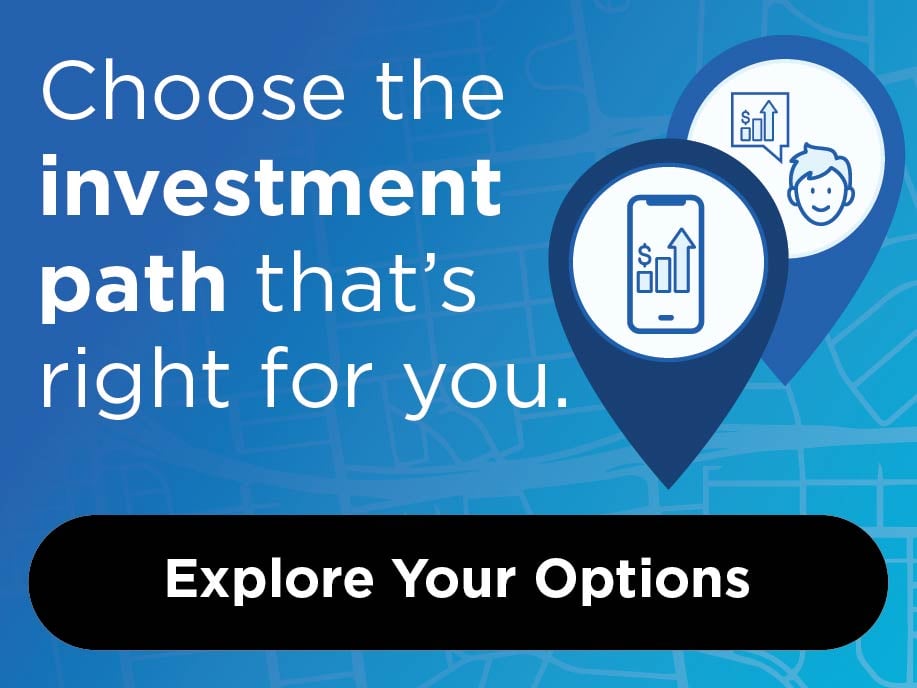Email Compromise

Email Compromise 101
Here are some tips to protecting your email account.
Protecting Your Email
Phase 1 - Prevention
Use Strong Credentials
Your password should be unique for every online account, having at least 15 characters and containing a mix of letters, numbers, and special characters. Avoid passwords that are easy to guess.
Setup Multi-Factor Authentication (MFA)
MFA provides a second layer of security when attempting to access your email account by sending you a unique code via text or authenticator app with every login. This means that obtaining a password is no longer enough to compromise an email account.
Don’t Send Confidential Information
Email is not secure. Never send sensitive information in an email, whether in the body of the email or in an attachment. Information can be viewed and used by unintended individuals if an email is compromised.
Phase 2 - Early Detection
Stop fraudulent activity as early as possible.
Review Login History
This can show you the dates, locations and IP addresses of devices used to access your account. If you see any that you don’t recognize, delete it and update your credentials.
Check Email Forward Settings
Fraudsters can use email forwarding settings to redirect incoming emails to another address. Delete any unrecognized filters.
Review Email Folders Regularly
Fraudsters can create new email folders and have messages directly routed there instead of your inbox. Check your “sent”, “deleted” and all other email folders regularly for any unusual messages to and from your accounts.
Phase 3 - Account Recovery
Regain control of your account after it has been compromised.
Change Your Credentials Immediately
Change your password to something unique. Also, change the password of any accounts that may have used the same compromised password. Consider a password manager to help create and store your passwords.
Report the Compromise
Contact all financial institutions in which you have accounts. Request additional security be added to your account(s) such as security questions, passwords, account alerts or MFA. Review your accounts for any unauthorized activity and report findings immediately.
Notify People You Know
Notify your friends, family and anyone else on your email contact list that your email was compromised and to be cautious of any emails with abnormal requests or suspicious links.
If you have any questions or concerns regarding the security of your accounts, give us a call at 800.892.7957, visit CommunityAmerica's Fraud Prevention page or stop by your closest branch.






